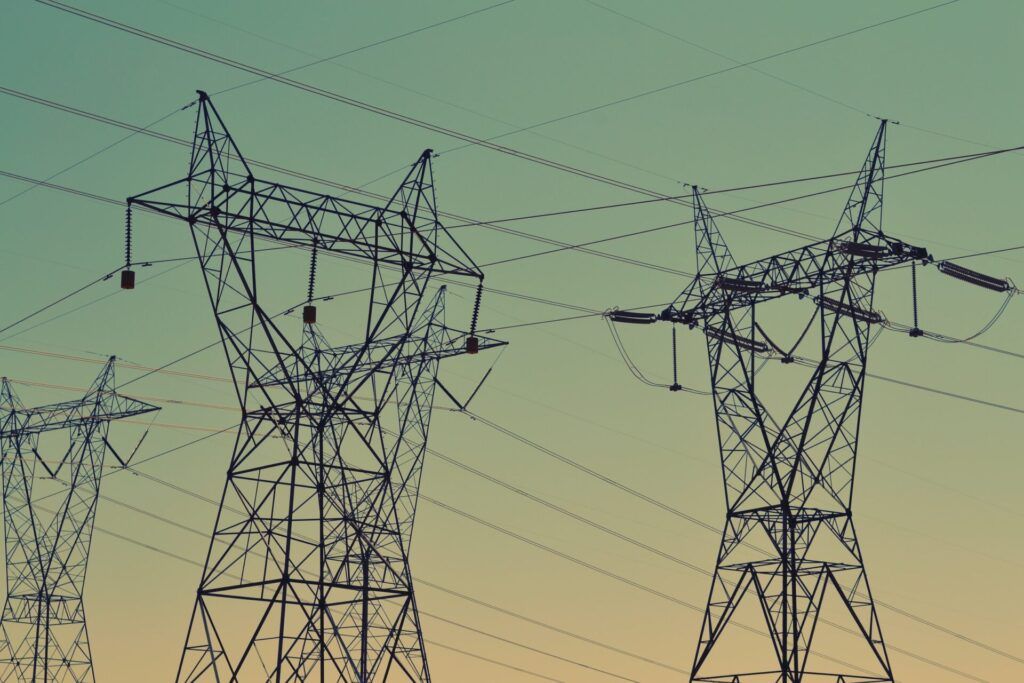Want clean energy, fast? ‘Streamlining’ environmental reviews could have the opposite effect
By Dustin Mulvaney | February 1, 2023
 Photo by Fré Sonneveld on Unsplash
Photo by Fré Sonneveld on Unsplash
Advocates for permitting reform believe that the weight of environmental regulation is slowing down the pace of energy transition. These claims resonate quite broadly despite only anecdotal evidence that environmental permitting is a major problem. Many mistake other issues that may arise during environmental review (lack of finance, shifting market conditions, interconnection queues, supply chain disruptions) as evidence that environmental reviews are delaying clean energy and transmission projects. The reality is that projects move through environmental review quite swiftly, so nearly all proposed energy projects that aim to reduce greenhouse gas emissions get environmental permits on time, with few exceptions.
Take the American Recovery and Reinvestment Act, which financed some of the first large utility-scale solar farms in the United States in 2011, several larger than five square miles. Despite the presence of endangered species and cultural resource issues, these projects were fast-tracked and permitted with little incident and constructed on time. The Bureau of Land Management—the nation’s largest landlord, managing 245 million acres across the western United States—has permitted 9.3 gigawatts of capacity across 41 utility-scale solar projects on 75,000 acres of public lands. This is more large-scale solar than any state in the United States, contributing to about 25 percent of nationwide solar generation. These projects went through environmental review without regulatory challenge despite extensive impacts to the landscapes that are home to California and Nevada desert species such as the desert tortoise, fringe-toed lizards, and Joshua trees.
The electricity transmission project Ten West Link that connects California to Arizona is a good example of the dynamics behind clean energy delays in review when they do occur. Developers often dismiss alternatives proposed to significantly minimize impacts claiming economic infeasibility. With Ten West Link, the transmission developer said the interstate (I-10) corridor was economically infeasible and the project needed a route through the Kofa National Wildlife Refuge. Once the transmission corridor followed the slightly longer but preferred alternative route, environmental permits were approved in less than three months.
Despite the evidence that environmental permitting is done on time and with little to no litigation while upholding environmental standards, the narrative that permitting reform is needed for clean energy deployment persists. Reform advocates rightly emphasize the need for rapidly constructing wind, solar, geothermal, energy storage, and transmission. The problem is that streamlining environmental rules and regulations could have the opposite effect, unless the “streamlining” is achieved via planning processes that include stakeholder feedback. More important, permitting reform as proposed in recent legislation would undermine effective tools used to protect air, water, and climate from the most damaging new infrastructure under consideration—namely oil, gas, and tar sands pipelines.
Examples of successful paths to energy transition rely on keeping key environmental and cultural resource laws—the National Environmental Policy Act, Clean Water Act, National Historic Preservation Act, and Endangered Species Act—intact. Look to successful efforts like the Desert Renewable Energy Conservation Plan as a model for balancing conservation with renewable energy, transmission, or critical minerals and metal mining projects. The plan has seen zero litigation over utility-scale solar farms on conservation issues because environmental groups participated in a detailed planning effort. Such planning efforts and collaborations would help move the dialogue from one about land-use “tradeoffs” to one about solutions to balancing conservation and energy development.
Together, we make the world safer.
The Bulletin elevates expert voices above the noise. But as an independent nonprofit organization, our operations depend on the support of readers like you. Help us continue to deliver quality journalism that holds leaders accountable. Your support of our work at any level is important. In return, we promise our coverage will be understandable, influential, vigilant, solution-oriented, and fair-minded. Together we can make a difference.
Keywords: clean energy, clean energy transition, decarbonization, permitting reform package, renewable energy, solar, wind energy
Topics: Climate Change
















By Andrew Dessler
Clean energy is the future. Permitting reform is how to get there
By Sanjay Patnaik, Rayan Sud
How to modernize permitting for a low-carbon economy
By Jessica Lovering
The process is what matters
By Jamie Pleune
Get rid of bottlenecks—not environmental reviews
By Dustin Mulvaney
Want clean energy, fast? ‘Streamlining’ environmental reviews could have the opposite effect
By Jamie Shinn, Laura Kuhl
What the Mountain Valley Pipeline debacle says about energy permitting reform and ‘just transitions’
By Dustin Mulvaney
Permitting reform is back from the dead. Will lawmakers sacrifice America’s public lands to the fossil fuel industry?